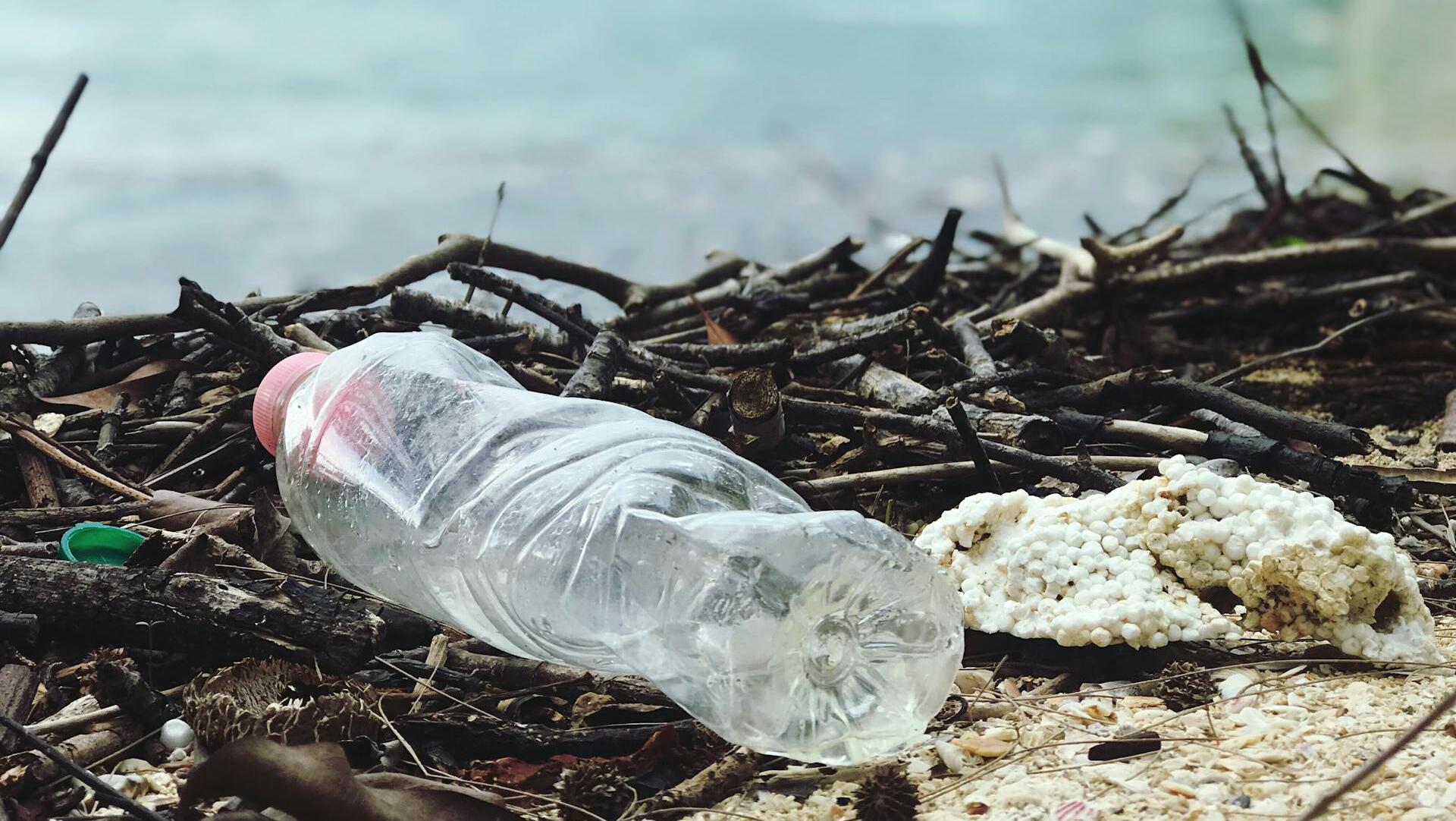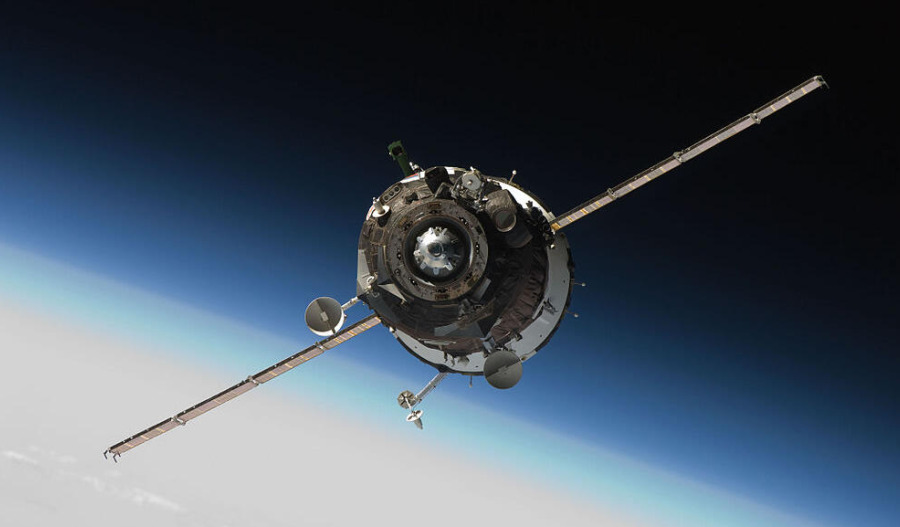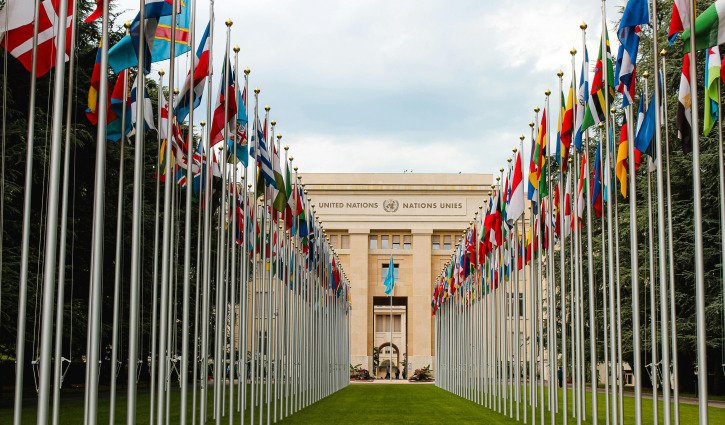Central American countries are the most affected by plastic bottle pollution on Latin America’s Pacific coast, with large companies like Coca-Cola representing the majority of these pollutants.
Most of the plastic bottles and caps polluting Latin America’s Pacific coastline were made by The Coca-Cola Company, PepsiCo, and Peru-based Aje Group, according to a new study from the University of Barcelona. More than 12,000 kilometres of coastline were surveyed across 2023 and 2024.
“On the mainland beaches of Mexico, Guatemala and the southern countries — Colombia, Ecuador, Peru and Chile — most of the bottles came from the same country. In contrast, in the Central American countries — El Salvador, Nicaragua, Costa Rica and Panama — the percentages of locally sourced items were significantly lower, with those of external origin predominating,” said the study’s authors, including University of Barcelona Chair on Sustainable Blue Economy Miquel Canals.
El Salvador saw the highest number of plastic bottle and cap pollutants on Pacific continental beaches of any country in Latin America at 4,655, with Costa Rica taking second place with 4,426.
Ecuador recorded the most bottle pollutants around human settlement areas at 1,179, and Panama posted the second most at 638.
The Coca-Cola Company's products made up the largest proportion of bottle pollutants in all environments, and accounted for 29.3% of those found around human settlement areas. PepsiCo products represented 14.0% of bottle pollutants in these regions, and Peru-based Aje Group represented another 8.5%.
More than 350 distinct brands from 253 companies were found among bottle pollutants, according to the study. Soft drinks, sports and energy drinks, and bottled water accounted for 58.9% of these pollutants.
The Coca-Cola Company’s plastic use will top 4.1 million metric tonnes per year by 2030, Oceana projected in March, an increase of more than 20% over its reported plastic use in 2023. Up to 602,000 metric tonnes of its annual plastic use are expected to enter oceans and waterways.
The company also represented 11% of plastic pollutants across 84 countries surveyed, the most of any individual brand, according to a 2024 study. It said in December that it aimed to increase recycled plastic use to 30-35% globally.
Related content


